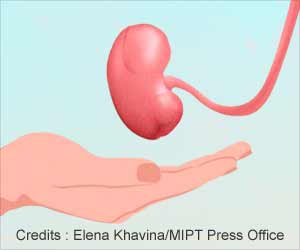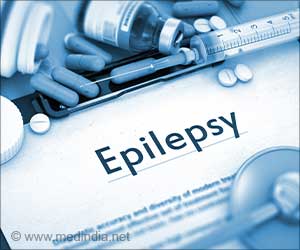Most interventions to reduce the epilepsy treatment gap include some form of community education or awareness to help people understand that epilepsy is a medical condition.

‘More than 50 million people around the world have epilepsy; about 80% of them live in lower- or middle-income countries, where treatment can be difficult or impossible to receive.’





The percentage of people with epilepsy who are not receiving treatment is known as the treatment gap; this gap can be above 90% in some countries.Many factors contribute to the treatment gap, including medication access and affordability; primary-care physician education; stigma, which is often rooted in a lack of epilepsy awareness; and people’s understanding of the concept of chronic disease.
In some areas of the world, people see epilepsy as a spiritual affliction, rather than a medical one. In addition, many are familiar only with acute conditions (such as infections) and not with the concept of chronic disease.
These perceptions create barriers to medication adherence, even in places where medication is consistently available.
Nearly all community-based interventions involve primary care physicians as the focal point, as many lower- and middle-income countries have only a few (if any) neurologists, concentrated in the largest cities.
Advertisement
Of course, physician education is not effective without a steady and affordable medication supply.
Advertisement
A recent meta-analysis of 24 community-based interventions offered a summary of their results, lessons learned, and recommendations for future endeavors.
While each intervention must be tailored to the region’s needs and culture, interventions can inform and improve one another through careful data collection, common data elements and expanding the outcomes they study, suggested review authors. Interventions are limited most obviously by funding, but also by human resources, corruption, war and unrest, and other local factors.
Medication provision Most interventions used phenobarbital as an anti-seizure medication, though some included other medications (such as carbamazepine, valproate, and phenytoin).
Medication was provided cost-free in most settings. One to two years after cost-free provision, seizure freedom ranged between 25% and 73%.
Attrition rates also ranged widely. No study reported on the impact of medication provision on quality of life or comorbidities.
Source-Newswise















